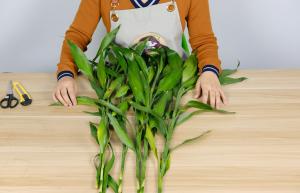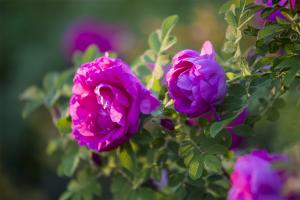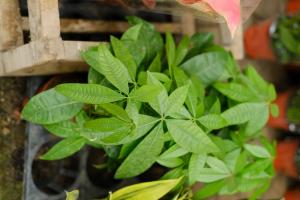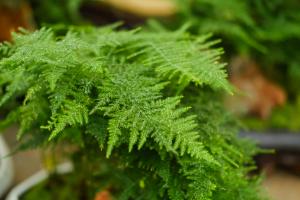What Plant Zone Am I?
If you are an avid gardener, you know that understanding the climate and growing conditions of your area is crucial to growing a successful garden. One important factor to consider is your plant hardiness zone. A plant hardiness zone is a geographic area defined by a specific range of climatic conditions that dictate which plants are able to thrive in that region. In this article, we will explore how to determine what plant zone you are in and what plants are best suited for your location.
Determining Your Plant Hardiness Zone
The United States Department of Agriculture (USDA) created a Plant Hardiness Zone Map to help gardeners determine which plants can survive in their area. The map is based on the average annual minimum winter temperature and is divided into 13 zones, with each zone having a temperature range of 10 degrees Fahrenheit. To determine your plant hardiness zone, you can enter your zip code on the USDA website and find your zone. Once you know your zone, you can use that information to select plants that are best suited to thrive in your climate.
Choosing Plants for Your Hardiness Zone
Selecting plants that are appropriate for your hardiness zone is key for a successful garden. If you plant something that can't survive the winter temperatures in your area, it will likely not survive. However, if you plant something that can thrive in your specific zone, it will likely do well. Some plants are labeled with their hardiness zone on the tag or the description, making it easier to choose plants that are well-suited for your area. However, if the plant you want doesn't have its hardiness zone listed, you can look up the zone requirements for that particular plant before purchasing it.
Factors Affecting Plant Growth
While your plant hardiness zone is an important factor to consider when selecting plants, there are other environmental conditions that can affect plant growth. Some of these factors include soil type, sunlight, moisture level, and temperature fluctuation. For example, if you have a lot of shade in your garden, you will need to choose plants that thrive in those conditions. Additionally, if you have soil that is heavy in clay or sand, you may need to amend the soil to create a more hospitable environment for your plants to thrive in.
Conclusion
In conclusion, understanding your plant hardiness zone is a critical step towards creating a successful garden. By identifying your zone and selecting plants that can thrive under those conditions, you will be setting yourself up for success. Remember to also consider the other environmental factors that can affect plant growth, such as soil type and sunlight conditions. With the right combination of factors, you can create a beautiful and thriving garden that will provide you with enjoyment for years to come.

 how many times do yo...
how many times do yo... how many planted tre...
how many planted tre... how many pine trees ...
how many pine trees ... how many pecan trees...
how many pecan trees... how many plants comp...
how many plants comp... how many plants can ...
how many plants can ... how many plants and ...
how many plants and ... how many pepper plan...
how many pepper plan...






























